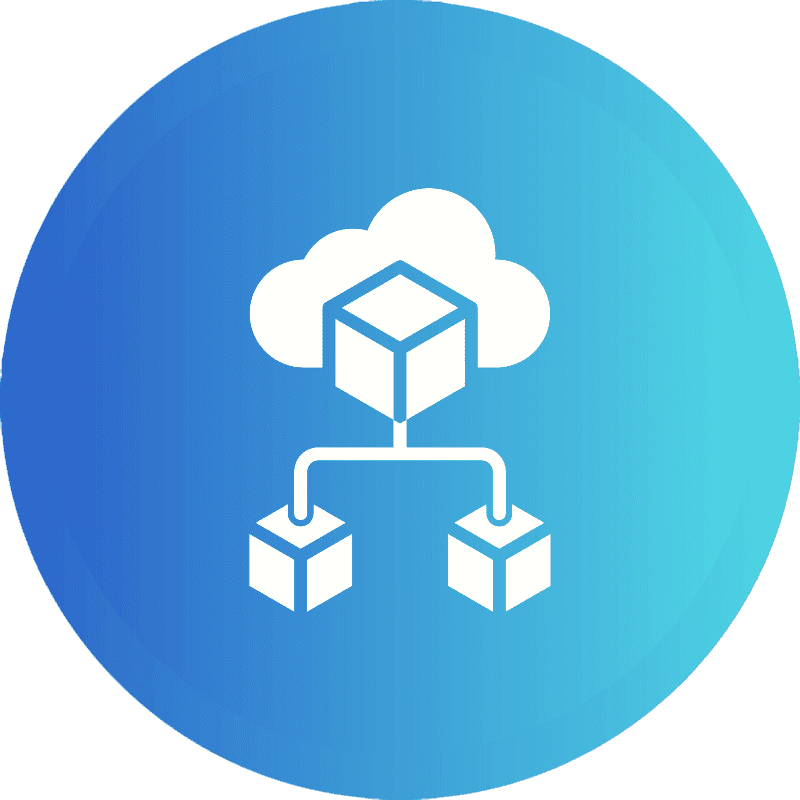
Cloud storage has become an integral part of our digital lives. Services like Dropbox, Google Drive and iCloud provide centralized repositories where we store our important data and files. However, these traditional cloud solutions have inherent limitations around security, privacy and ownership of data. This is where decentralized cloud storage powered by blockchain technology comes in as a game-changer.
In this comprehensive guide, we explore what blockchain cloud storage is, its benefits over legacy systems, top platforms to use, and tips to navigate this new paradigm of cloud computing securely. Read on to gain an in-depth understanding of how blockchain is transforming data storage and creating a more resilient foundation for the Internet of the future.
Demystifying Blockchain Cloud Storage
To grasp decentralized cloud storage, we first need to demystify some key concepts:
Blockchain – A distributed digital ledger replicated across multiple computers with no central authority. It enables secure, transparent transactions and data sharing between parties without intermediaries.
Nodes – The computing systems in a blockchain network that store copies of the ledger and validate transactions through algorithms like proof-of-work or proof-of-stake. More nodes equal more decentralization.
Encryption – Transforming data into indecipherable code that only authorized parties can access with a decryption key for enhanced security.
IPFS – The InterPlanetary File System, a distributed network of peer-to-peer nodes that store and share files, immutable and uncensorable.
Smart Contracts – Programmable scripts on a blockchain that run automatically when certain conditions are met.
Equipped with these building blocks, blockchain cloud storage works as follows:

– Users upload files encrypted to a decentralized network of nodes rather than a centralized server. This provides redundancy as the data gets replicated across nodes.
– File metadata containing keys to access the encrypted data gets recorded on the blockchain via smart contracts. This metadata serves as proof of ownership.
– Nodes get incentivized for storing and serving files through crypto token payments. Retrieving files requires paying associated fees.
– IPFS handles file uploads and transfers between nodes while the blockchain manages permissions, identities, and tokenized payments.
Now let’s examine some of the standout benefits this architecture unlocks.
Key Benefits of Blockchain Cloud Storage
Here are some of the notable advantages decentralized cloud storage powered by blockchain delivers:
Enhanced reliability – Storing data across distributed nodes eliminates single points of failure inherent in centralized servers.
Stronger security – Encryption of data plus immutable ledger records make blockchain cloud storage more robust against hacking, data theft or loss.
Maintained privacy – Users remain pseudonymous with no storage provider having access to all their data. Selective encryption guarantees privacy.
Greater control – Users retain ownership of data instead of storing it on third-party servers. The blockchain provides irrefutable proof of ownership.
Lower costs – Cutting out middlemen can lower storage costs substantially compared to legacy cloud providers.
Censorship resistance – Distributed structure across peer nodes makes censorship or takedowns difficult compared to centralized services.
Transparency – All transactions are visible on the public blockchain ledger, promoting trust through transparency.
These strengths make blockchain-based cloud storage appealing for personal as well as enterprise use for everything from sensitive documents to medical records and IoT data. However, the technology is still evolving. Next, let’s examine popular platforms leading this charge.
Top Blockchain Cloud Storage Solutions
A range of innovative startups are now providing decentralized cloud storage anchored on blockchains:
Storj – An open-source platform where users can become node operators to earn from leasing storage and bandwidth. Its virtual drive allows users to access the network like traditional cloud storage.
Siacoin – Leverages smart contracts to enable a P2P cloud storage marketplace where providers compete to offer capacity for the lowest fee to renters.
Filecoin – A high-capacity storage network from Protocol Labs featuring built-in economic incentives for retrievability. Nodes mine FIL tokens for providing storage and retrieving files.
Arweave – Uses a novel blockweave structure to create permanent storage instead of deleting old blocks like typical blockchains. Its permaweb deploys websites and apps permanently.
MaidSafe – An autonomous peer-to-peer network where users earn Safecoin for providing computing resources like storage, processing, and bandwidth.

Storj, Siacoin, and Filecoin run on their own blockchains while MaidSafe and Arweave use Bitcoin’s blockchain plus IPFS. There are also emerging solutions like ColdStack building storage DApps on chains like Ethereum and Solana.
The choice depends on factors like costs, speed, stored file types (structured databases versus media files), accessibility features, and integration support. Most are still working on issues like network scalability and retrieval latencies. However, the segment is poised for rapid growth as blockchain storage technology matures.
Best Practices for Adoption
As blockchain cloud storage gains ground, users and enterprises interested in adopting it should follow certain best practices:
– Pilot with non-sensitive data first to test network reliability and speeds before large-scale migration.
– Evaluate access controls and key management carefully when storing private data like medical records.
– Assess the roadmap and longevity prospects of the protocol to gauge long-term viability.
– Verify security audits and penetration testing carried out by projects to identify vulnerabilities.
– Check decentralization level by reviewing node distribution and annual attestation reports.
– Ensure availability of retrievability proofs in case nodes hosting files go offline.
– Examine backup systems and contingency plans in the event of file loss or blockchain errors.
– Consider caching frequently used hot data locally or on hybrid centralized-decentralized setups for efficiency.
– Leverage blockchain-agnostic APIs like Storj’s to enable integration with legacy apps and smoother migration.
As with any new technology, it pays to thoroughly test the waters first. However, the promise of blockchain’s security and privacy applied to cloud storage has the potential to ensure data not only lasts forever in a resilient environment but also remains within the user’s control.
Conclusion
Blockchain cloud storage represents an ambitious rewiring of digital infrastructure for the better. By decentralizing data storage and management using encryption, distributed ledgers, and tokenized incentives, it promises to deliver where traditional cloud storage falls short on security, privacy, ownership and costs.
Despite still being a relatively new industry, early movers like Filecoin, Sia, and Storj are demonstrating new possibilities aligned with the grassroots ethos of blockchain – handing power back to users. As the technology matures and adoption accelerates, it could well pivot humanity from the vulnerabilities of centralized data control toward a more secure and self-sovereign information age where owning your data is the default. The clouds of the future may well be decentralized ones where users collectively pool capacity, not Big Tech middlemen, provide the pillars supporting digital society.